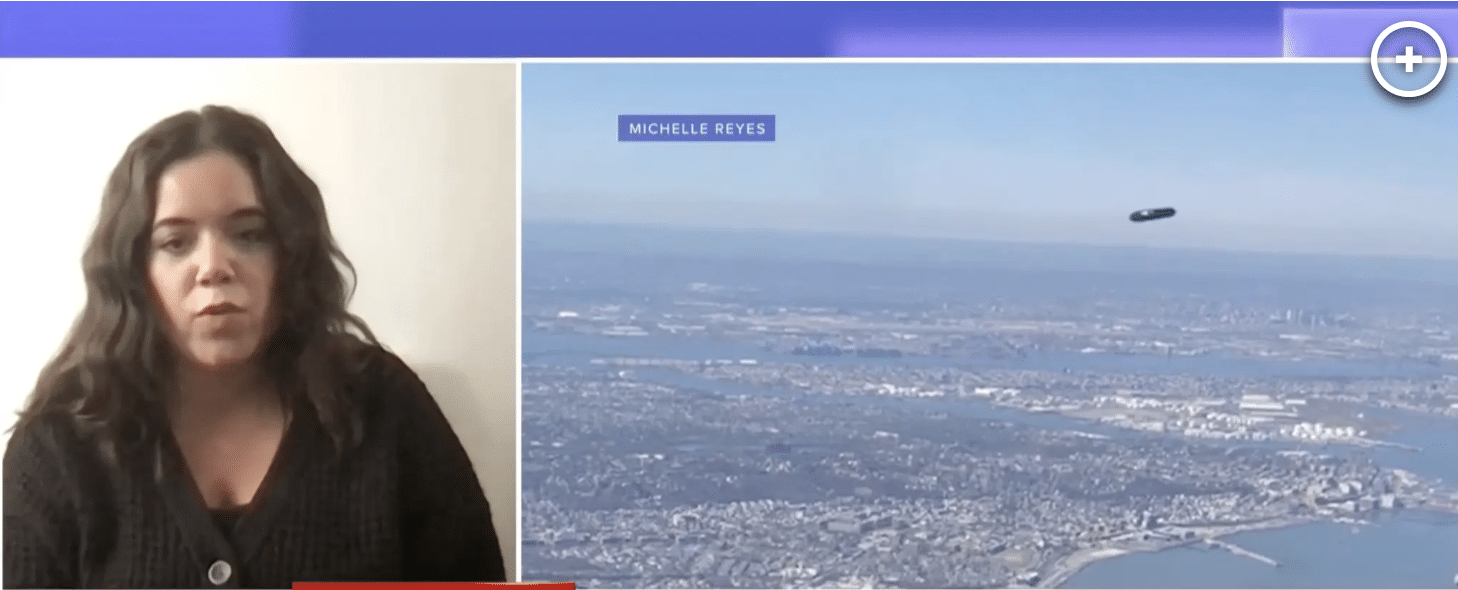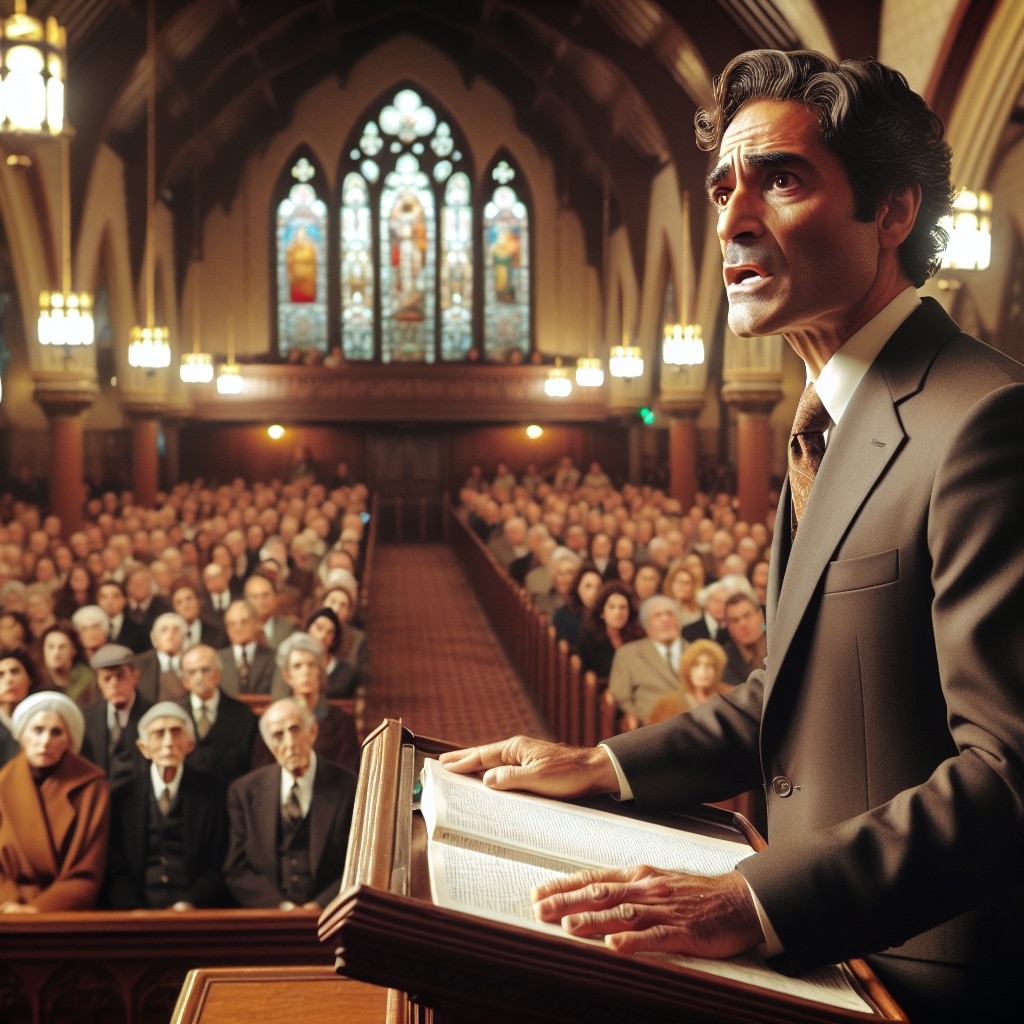We got a present from the Juan de Fuca Plate, which is subducting under the North American Plate: a slow earthquake! Did you even know an earthquake could be slow? We’re used to thinking of earthquakes as events that happen over seconds to a few minutes and produce a lot of shaking, but some earthquakes actually mosey along over hours or days, their trembling so gentle only seismometers can recognize it.
One of these earthquakes started in the Cascadia Subduction Zone on December 21st and has been making its slow way south from Vancouver Island, British Columbia, Canada ever since. Shelley Chestler at the Pacific Seismic Network has an excellent article on it. It’s a feast of helpful illustrations and a clear explanation of what’s going on, and I encourage you to read it in full if you want to know more about what’s going on around one of the most dangerous fault zones in North America.
I’m terrified of Cascadia, so you’d think I’d be freaked out about now, right? But no, I’m totally relaxed. This is all completely normal stuff for this area. We do, of course, need to be aware of the dangers and not let normal lull us into a false sense of invulnerability. Subduction zones like Cascadia regularly produce enormous, devastating quakes, and we’ve got to be ready for when, not if, the Big One comes. But the current activity isn’t reason to panic. FULL REPORT
















